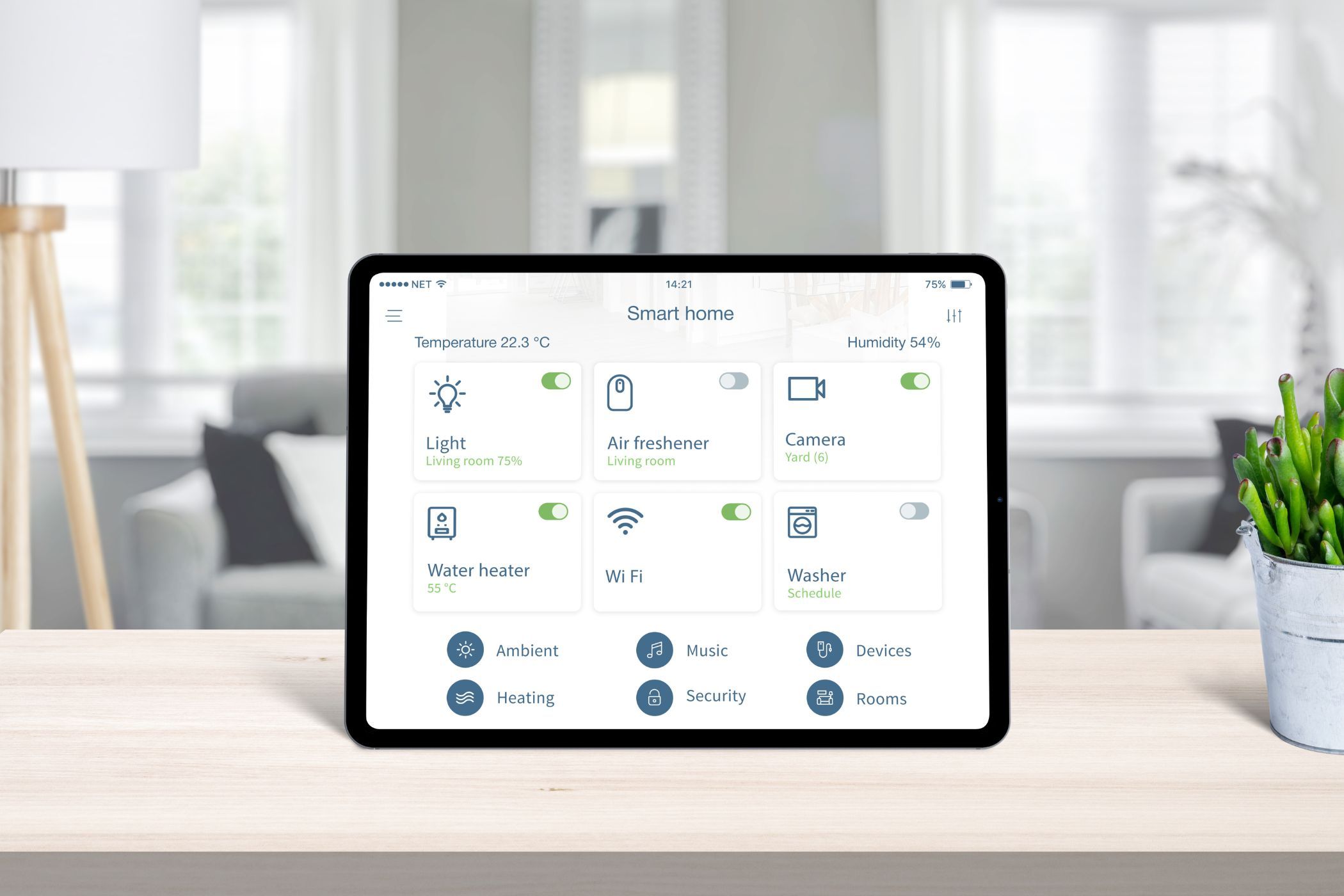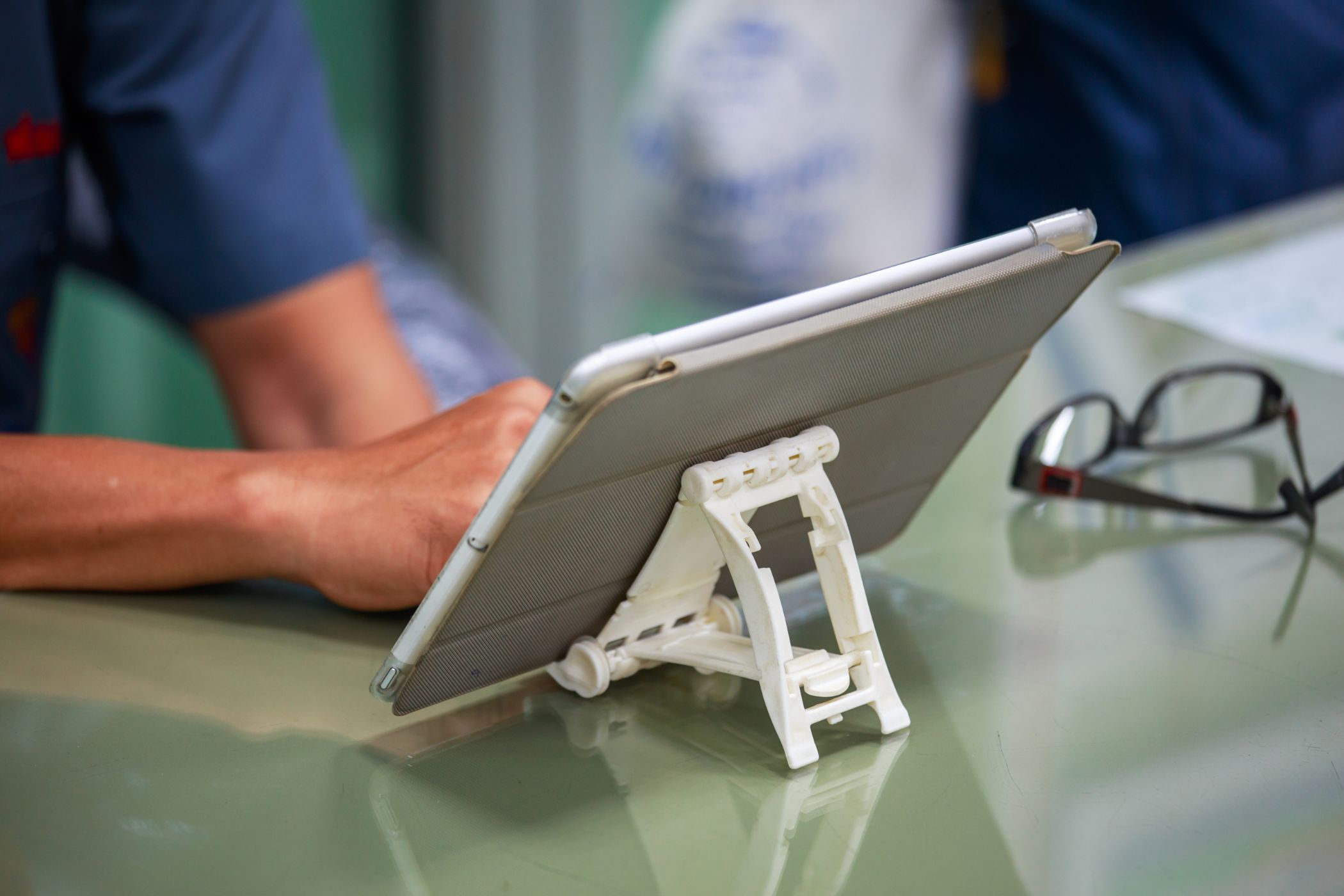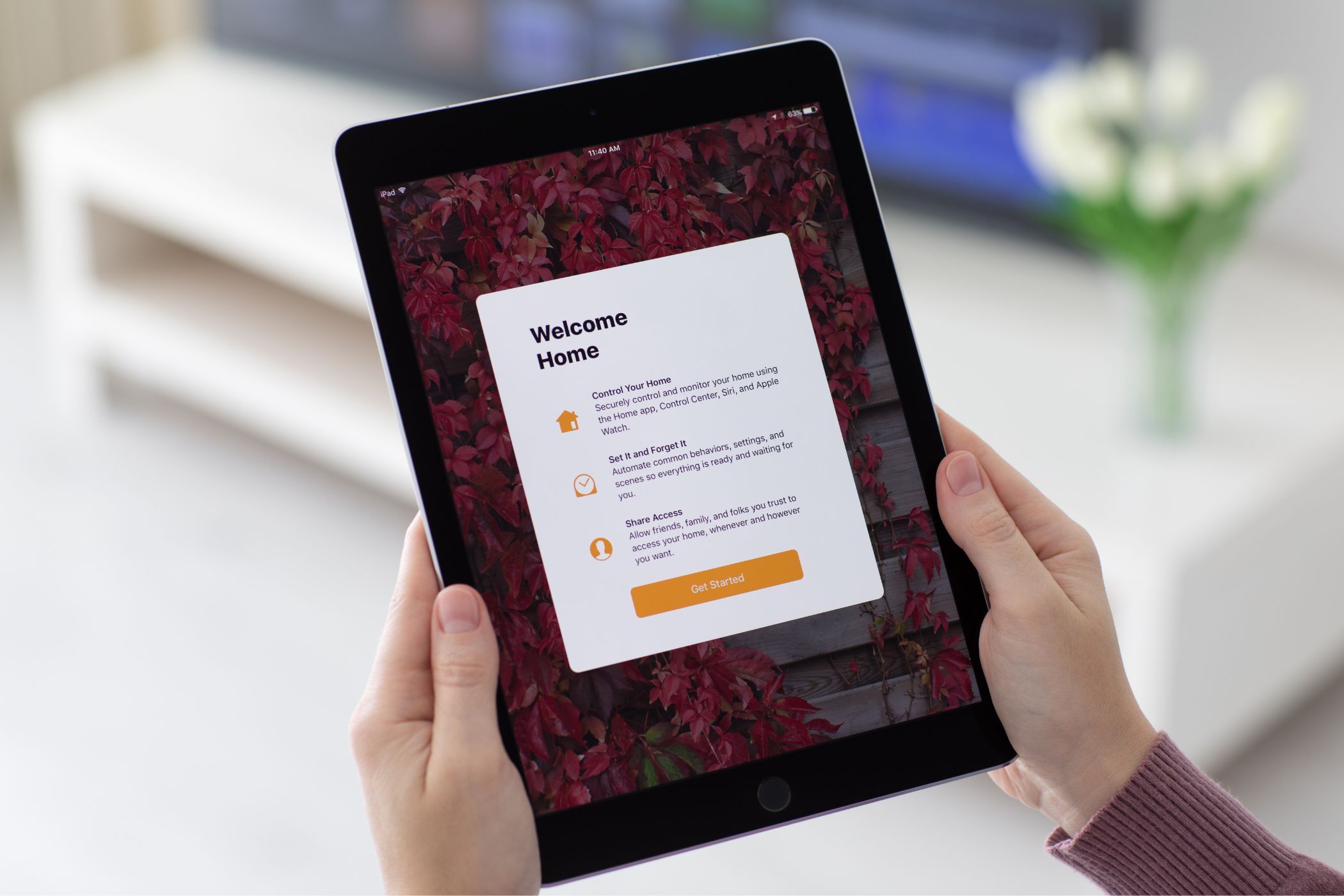You Can Turn Any Old Tablet Into Your Smart Home Hub: Here’s How
Quick Links
Key Takeaways
- Repurpose old tablets as smart home hubs for convenience and cost-effective home control.
- Choose a tablet based on smart home platform compatibility.
- Use a wall mount or stand and install a smart home manager app for full functionality.
You probably have an old tablet, like an iPad, in a drawer or cabinet. But if you’re a smart home fan, it’s simple and easy to give the technology new life as a smart home hub. We’ll show you everything you need to get started.
Why Use an Old Tablet as a Smart Home Hub?
Smart home technology is a great way to make life just a bit easier. Whether you want to turn on the lights, unlock a door, or do something else, you can do it with just a voice command or tap of a screen.
Smart speakers, for example an Amazon Echo, can provide voice control for a wide variety of smart home products. But especially if you have a number of smart home devices, a hub is a perfect way to see and control your smart home at a glance.
A hub can be used in many locations in your home. Along with mounting the tablet on your wall, you can also find a stand to place it in a well-traveled part of your home so that everyone can use it. As the technology grows and becomes popular, you can find dedicated smart home hubs, like Amazon’s Echo Home Hub we’ve reviewed, for smart home control.
But there’s no need to spend the extra money for that advantage, especially if you have an old tablet lying around. Whether the tablet is from Apple, Amazon, or Google, you can create a smart home hub for much less and still enjoy the convenience of the technology.
How to Get Started
In just a few steps, you can turn any tablet into a powerful smart home hub.
Pick a Tablet
The first step to creating your smart home hub is to pick the tablet. A big consideration is which smart home platform you use at home. For example, you wouldn’t be able to use an Amazon Fire Tablet to control Apple HomeKit devices. Along with not being able to access Siri, Amazon’s tablet doesn’t offer any app to control HomeKit devices.
If you’re new to smart home devices, find out how HomeKit and Alexa compare.
So, to keep things simple, any Apple iPad is great for Apple HomeKit and Amazon Alexa. Amazon’s tablet is obviously great for Alexa-powered devices. And any Android tablet is the best choice for a Google Home setup.
To make the most of the tablet, you’ll first need to check and make sure it is in good working condition. The screen should be free of cracks and fully functional. Also, make sure to update the tablet with the most recent operating system.
Another must-have to turn the tablet into a smart home hub is a power cord and adapter. If the old tablet has a problem keeping a charge, it’s not a dealbreaker, especially if you can keep it plugged in constantly. You also don’t need to worry if the tablet has issues with the front or rear-facing camera as you won’t be taking pictures with a smart home hub.
Find a Wall Mount or Stand
After finding your tablet that best matches your smart home, it’s time to decide where you want it to be located. There are two major ways to use a tablet as a smart home hub. Each option has advantages and disadvantages.
First, you can use a mount to place the tablet on the wall. There are many universal mounts, like this option, which can hold any device with a 4.7- to 12.9-inch screen. It can rotate the tablet a full 360 degrees, so you can use it in either vertical or horizontal orientation.
To use almost any wall mount, you will need to drill holes in the wall. That might not be ideal for renters and apartment dwellers. Another downside is that it will need to be located near a power outlet to keep the battery charged or powered on. You’ll also need to deal with an unsightly power cord draping down the wall.
An alternative is using a tablet stand. This option can fit virtually any tablet on the market and is available in a wide variety of colors. You can place the tablet in either a horizontal or landscape orientation. There is also a convenient location to place a charging cord.
The big advantage of a stand is that it doesn’t place your tablet on a wall. You can place the tablet in the kitchen, bedroom, or pretty much anywhere else. You should also be able to hide the power cord in an out-of-the-way location like behind a table.
A disadvantage is that a tablet used on a stand likely isn’t as convenient as a wall-mounted option and might be more difficult for visitors and family members to use.
Install a Smart Home Manager App
The final piece of the puzzle is finding a smart home manager app for the wall-mounted tablet or tablet on a stand. This step depends—once again—on what kind of tablet, and smart home platform, you’re using.
With an iPad, you’ll have the maximum flexibility. The most likely option is to use Apple’s stock Home app with HomeKit devices. While there are other third-party options to control an Apple-friendly smart home, the Home app looks great on the big screen of an iPad and allows tons of customization so you can access the accessories you need quickly.
Apple’s tablet is also an option for Amazon Alexa users. Download the Alexa app on the App Store and you’ll access control for Alexa-compatible products.
Amazon users can also make a Fire tablet a smart home hub with the Alexa app already built in. If you don’t want to open up the Alexa app, you can even choose the Device Dashboard from the lock screen or Quick Settings by swiping down on the home screen. In the Device Dashboard, you can choose your favorite smart home device and routines from the Alexa app.
Android and Google tablets can be set up to control Google Home devices with the built-in app. You can also download the Alexa app to control Amazon-compatible devices as well.
The convenience of a smart home hub might be closer than you think. With an old tablet, and just little bit of work, you can repurpose the technology for a modern smart home.



